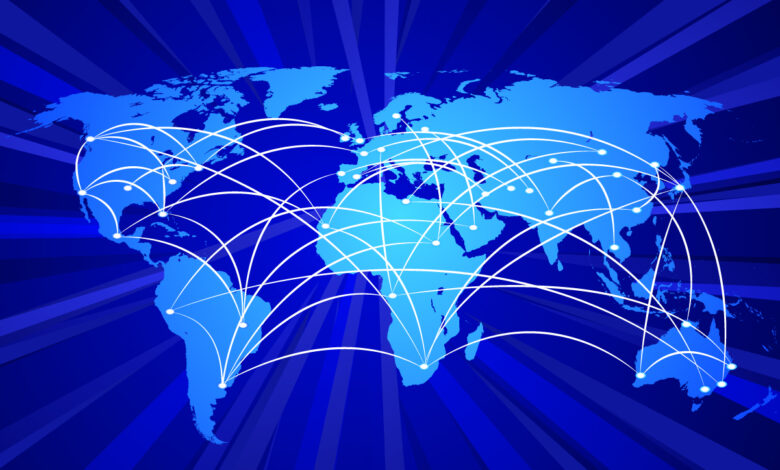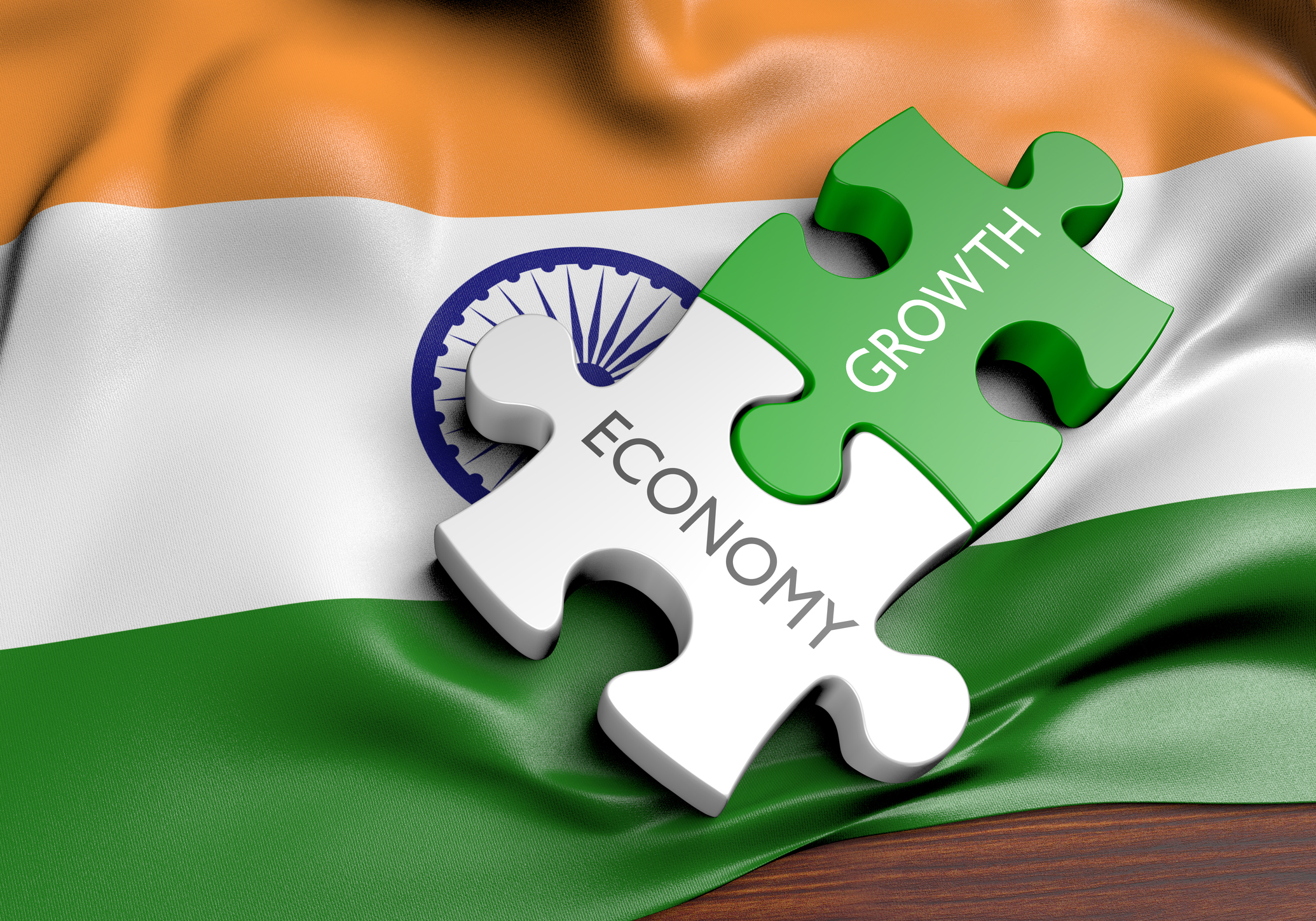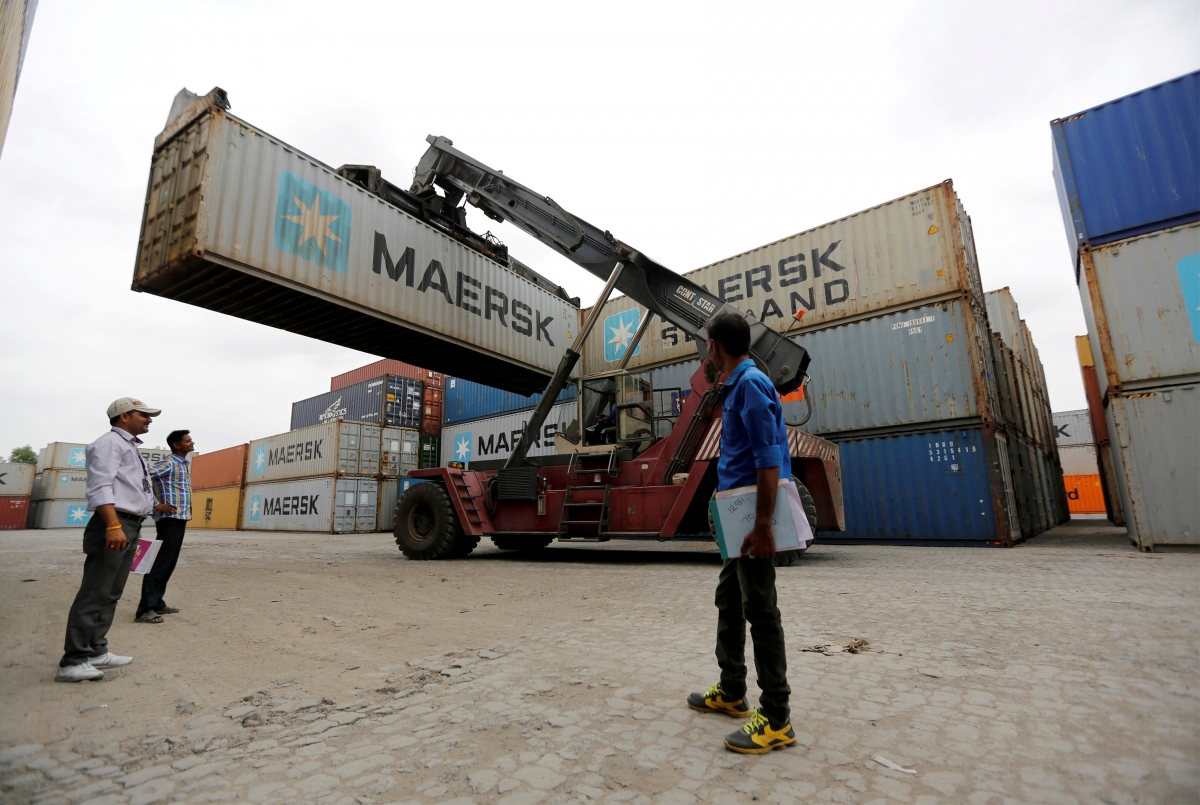India’s Outdated Approach to Trade; will this Myopic Vision take India to Compete with the evolving Global Realities?

In an ever-evolving world with growing interconnectedness in economics worldwide, trading and businesses are vital in establishing a country’s economic prosperity and development. India stands at a critical junction where the various economies navigate through the demands and complications of a transforming Global commerce market. Although it has a tremendous influence and vast potential with increasing significance on a global scale, India’s trade strategy continues to be old-fashioned.

India has seen a multitude of triumphs and tragedies in the arena of worldwide commerce. A comprehensive analysis of the country’s stance and approaches to trade policies reveal a hesitant attitude in accepting the tenets of open markets defining India as a less confident actor among the G20 Nations. The recent set of alternatives, where a unilateral restriction on non-basmati rice and a prudent strategy applied in the so-called free trade agreement with Australia, significantly highlights the skepticism.
The country seeks to sustain its economic sector while addressing its constellation of challenges. At the same time, it must straddle a complicated globalized environment highly dominated by the economic downturn, increasing protectionist policies, and reinstatement of delayed mega-trade accords. As India discovers itself immersed in prolonged negotiations with partners like the EU, it must evaluate its economic policy structure to adjust to these fast-moving geo-political realities effectively.
The players of ASEAN show flexibility and versatility by cutting down statutes of origins, facilitating smooth International and cross-border trade. On the contrary, India’s preoccupation with firm regulations blocks its upward mobility and economic growth. Although announcing intentions to supersede its neighbor China’s manufacturing sector worldwide, India must recognize its rooted involvement with partners like Vietnam in entry gate supply networks. A shakeup in trade regulations and commerce policies is necessary for India to welcome smooth adaptability by using its greatest assets and strengthening competence on the Global stage, making a path for a prosperous economy in this perpetually shifting world trade setting.

The hidden challenge believed to linger in India’s negotiations within the convoluted realm of international trade talks is the possibility of Chinese products occupying India’s markets through trade agreements. Modifications in customs regulations in the year 2020 heightened the hassle for importers allowing the Indian government to look into the province of products imported in lieu of the importance of presenting proof of origin. On the contrary, ASEAN has adopted an increasingly reformist strategy minimizing regulations on the value-added goods and origin guidelines, fostering broadened trade between regions and recognizing that international trade doesn’t constitute a game of equals.
Taking a cue from the Thai economy that garnered the fruits of Japanese Investments within its automobile and automotive manufacturing sectors amid educational and demographic barriers. One ought to recognize the possible rewards of calculated trade agreements. As it transverses in the intricate web associated with global trade and commerce, India must strike an ideal equilibrium between guarding its best interests and embracing potential possibilities for increased economic expansion and development.
Several Southeast nation countries have realized efficient trade policies that constitute the key to a future with greater economic and development growth. Considering challenges to governance, economies like that of Vietnam and Thailand have prospered in terms of economic advancement by promoting more open and liberal trade practices.

The financial system of Thailand, which a troubled military regime has governed for over a decade, appears to have discovered a bright side in its ongoing commitment to increased flexibility. Despite its volatile political climate, its adherence to an open economy has produced advantageous results. Run by a communist regime, Vietnam clinched the China-plus-one race as a consequence of its proactive reaction to the double-digit inflation of wages in Southern China. Vietnam’s exports of merchandise rose to A remarkable 371 billion in 2022, which used to be 115 billion dollars in 2012.
The phenomenal expansion witnessed by these South Asian countries, together with the Asian tigers, underscores the apparent advantages of trade liberalization and free primary education to all. The aforementioned Nations have gone against all odds and accomplished enormous progress by promoting prudent trade practices and building possibilities for education, creating an outstanding example for everyone to follow.
India’s approach to trade throughout the previous Congress-led Alliance to proceed in an alternate route by engagement with the World Trade Organisation drew to an abrupt stop. In a comparable vein, the current government’s premature exit from the Regional Comprehensive Economic Partnership in 2019 was viewed as an acutely self-created loss. Additionally, while covering multiple industries to boost domestic production is becoming more common, as a result, it highlights concerns regarding the multi-faceted nature and efficacy of such initiatives.
Although India’s productivity-linked incentive (PLI) policy is designed to enhance industrial efficiency, it is questioned for being overly complex with pricey documentation. In accordance with recent reports, an essential Korean trade group has lodged concerns detailing that Korean businesses, notably the electronics giant Samsung, are still missing the monetary rewards offered as a part of the PLI strategy going to invoicing discrepancies.
Such events underlined the imperative for India to reassess its policy on trade and establish an increasingly simpler and uniform framework. A comprehensive and fair economic strategy without unnecessary challenges that might enhance prospective investors is vital to encourage foreign investments and establish an optimum environment that promotes manufacturing prosperity.
The focus that India places on economic standards that involve things like ‘Indian shoe size’ signifies a certain degree of exactitude which might arouse frets over the country’s competitiveness at large. Casting a blind eye to the complicated nature of international trading interprets the economic insularity that hampers India’s strategy. The short-sighted approach to examination of Samsung invoices while disregarding the broader context of the Global supply networks reviews an absence of comprehension about the contemporary economic interconnectedness.

It is now time for the policy makers to put down such superficiality and narrow perspective and embrace the benefits of an increasingly practical and progressive trading approach. To remain viable and evolved in the international marketplace, India will have to break away from its seclusion and adopt a broader and multi-faceted strategy towards trade embracing the significance of international supply chains and emphasizing on regulations that are going to boost the country’s financial acumen. An inability to comply with, is likely to put India on the outer edges of the international economic setting whereas, other countries sprint ahead putting us in a web of wasted prospects and naive choices.




